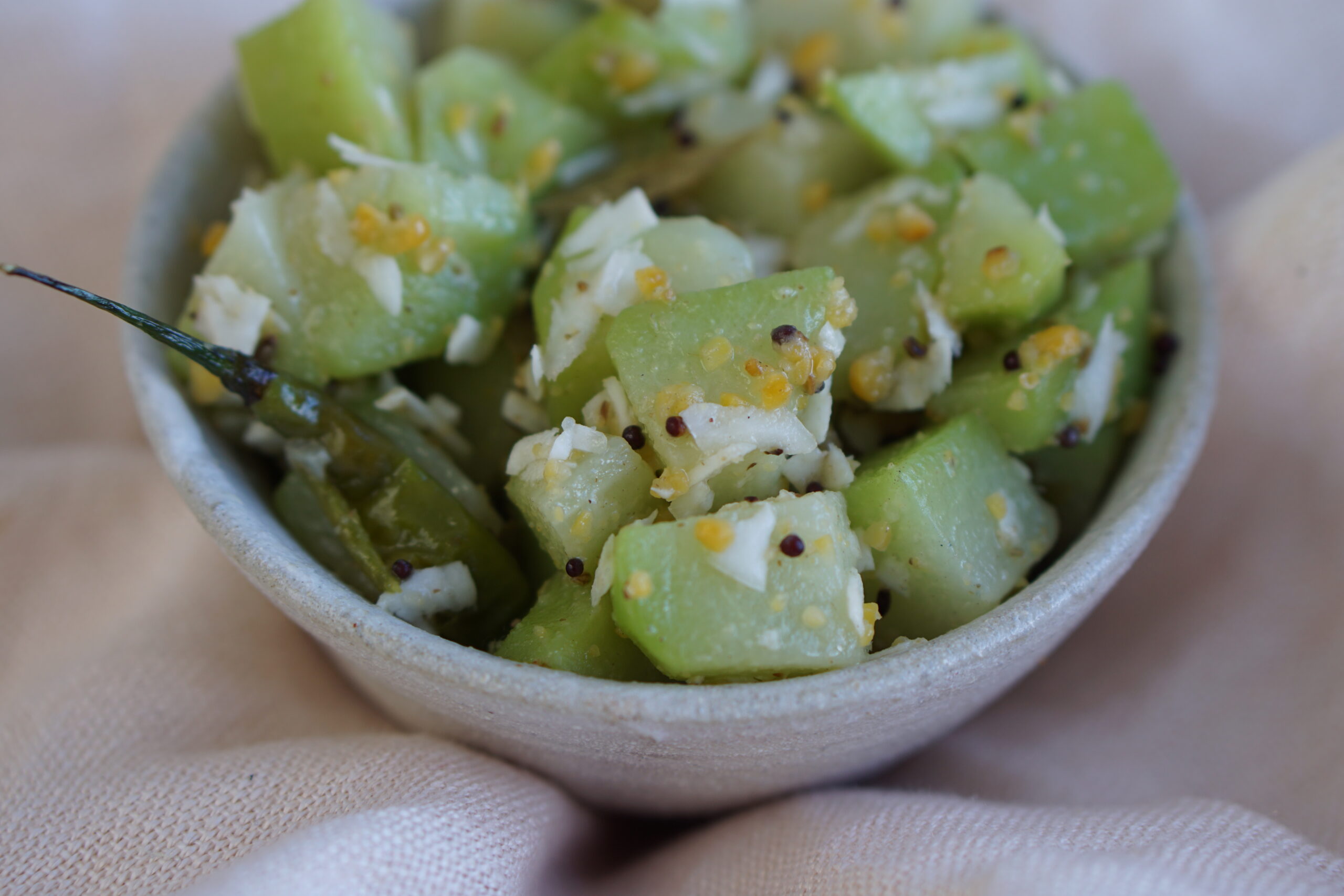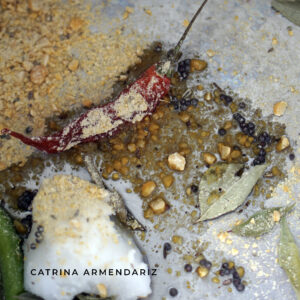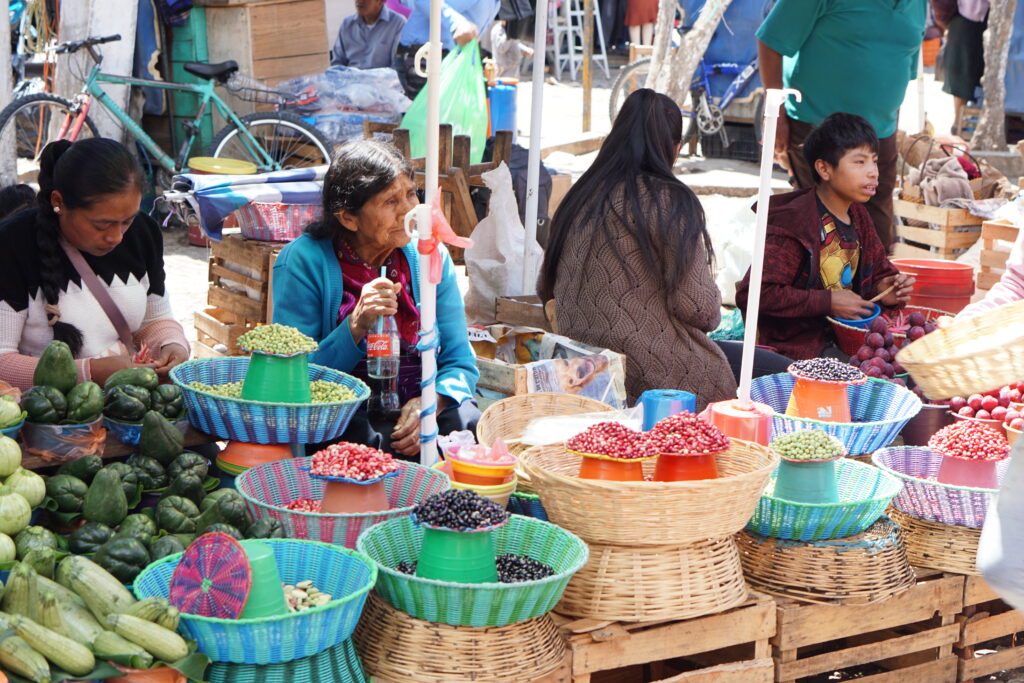
Beyond Doshas: Simplifying the Ayurvedic Diet
Did you know an Ayurvedic diet can be surprisingly simple to adopt?
You don’t need to know your doshic constitution or wrestle with complex formulas just yet. Many people struggle with compounded dosha types, like vata–pitta, wondering, “Is this meal good for my vata but too aggravating for my pitta?”
Don’t worry! You don’t need to start there. Instead, focus on foundational Ayurvedic practices that can transform your digestion and overall health. By mastering these essentials first, you set the stage for exploring personalized doshic tweaks later.
Your Four Essentials
Let’s dive into four simple yet powerful steps you can start today:
1. Eat Warm, Cooked Meals
It does get a bit more nuanced. Read on…
Cooked foods support your digestive system by reducing the effort required to break them down, conserving energy for vital functions like mental clarity, immunity, and cellular repair.
Unlike raw foods, which can be taxing on digestion due to high fiber, antinutrient and complex carbohydrate content, cooked meals enhance nutrient absorption. Adding healthy fats and digest

Cook with healthy fats and digestive spices.
ive spices during cooking—such as ghee, mustard seeds, or black pepper—can further boost nutrient bioavailability, especially in nightshades and cruciferous vegetables.
Different cooking methods, like steaming, also improve the bioavailability of nutrients in foods like grains and root vegetables. Each ingredient thrives with specific preparations: for instance, lightly blanching leafy greens preserves their nutrients, whilst making them easier to digest.
Explore simple Ayurvedic recipes to learn optimal cooking preparations.
By embracing intentional cooking techniques, you can create meals that are both deeply nourishing and balanced. Remember, warm, lovingly prepared meals are the foundation of strong digestion and overall well-being in Ayurveda.
Key: You don’t have to avoid raw foods. Simply favor warm and freshly prepared foods.
2. Choose Local, Fresh Food

Mercado Viejo. One of the largest local farmer’s markets in San Cristóbal de las Casas. Pictured are Tzotzil women and children husking local bean varieties. *In a town where potable water is scarce, Coca Cola remains the most popular beverage. It is estimated that Chiapanecans drink more Coke than any other people on the planet*
Opt for fresh, minimally processed foods from good soil whenever possible. These foods are richer in nutrients, help regulate hunger hormones, and reduce overeating. Studies show processed foods lead to an average consumption of 500 extra calories daily to compensate for their low nutritive value. Eating real food supports quality over quantity and naturally satisfies your body’s needs.
Key: Avoid processed foods as much as possible. Shop your local farmers markets for fresh, seasonal produce.
3. Drink Warm, Pre-Boiled Water

Warm or hot water is easier for your body to absorb. Pre-boiling enhances its qualities, making it more hydrating and bioavailable. Add a pinch of Himalayan salt to your filtered water for added minerals or drink natural spring water. This simple shift can improve cellular hydration and digestion.
Key: Minimize iced / cold drinks. Keep a vacuum bottle on you to regulate your water temp.
4. Eat with the Sun (Circadian Rhythms)
Aligning meals with the sun enhances your body’s natural rhythms. Ayurveda recommends eating 1–3 meals daily at consistent times, with your largest meal during the sun’s midday peak (12–2 PM), when digestion is strongest. Lighter meals are ideal during sunrise or sunset hours (7–9 AM and 5–7 PM).
Allow about 4-5 hours between meals for proper digestion, and minimize snacking to give your digestive system the rest it needs. This also stabilizes blood sugar levels.
Key: Establish a daily eating routine aligned with circadian rhythms.
KEEP IT SIMPLE
These Ayurvedic principles are grounded in thousands of years of practice, supported by generations of Ayurvedic doctors and offering time-tested results. In recent years, Western scientific research has increasingly validated many of these foundational practices, bridging ancient wisdom with modern science.
For instance, studies reveal that over 93% of adults in the U.S. have suboptimal metabolism, a condition heavily influenced by the overconsumption of ultra-processed foods (UPFs). To better understand the impact of food processing, refer to the NOVA (Figure 1) classification system, which categorizes foods based on their processing level. Moreover, cooking foods thermally—especially with healthy fats like ghee and digestive spices such as black pepper or mustard seeds— has been shown in numerous studies to enhance nutrient bioavailability. This means your body can absorb and utilize nutrients more effectively, making each meal more nourishing and satisfying.

Figure 1. NOVA Food Classification.
By integrating these Ayurvedic practices into your daily routine, you can help restore metabolic health and improve biomarkers for cardiometabolic function, aligning modern scientific understanding with time-tested wisdom.
Ayurveda proves that sometimes, the most profound transformations come from the simplest practices.
